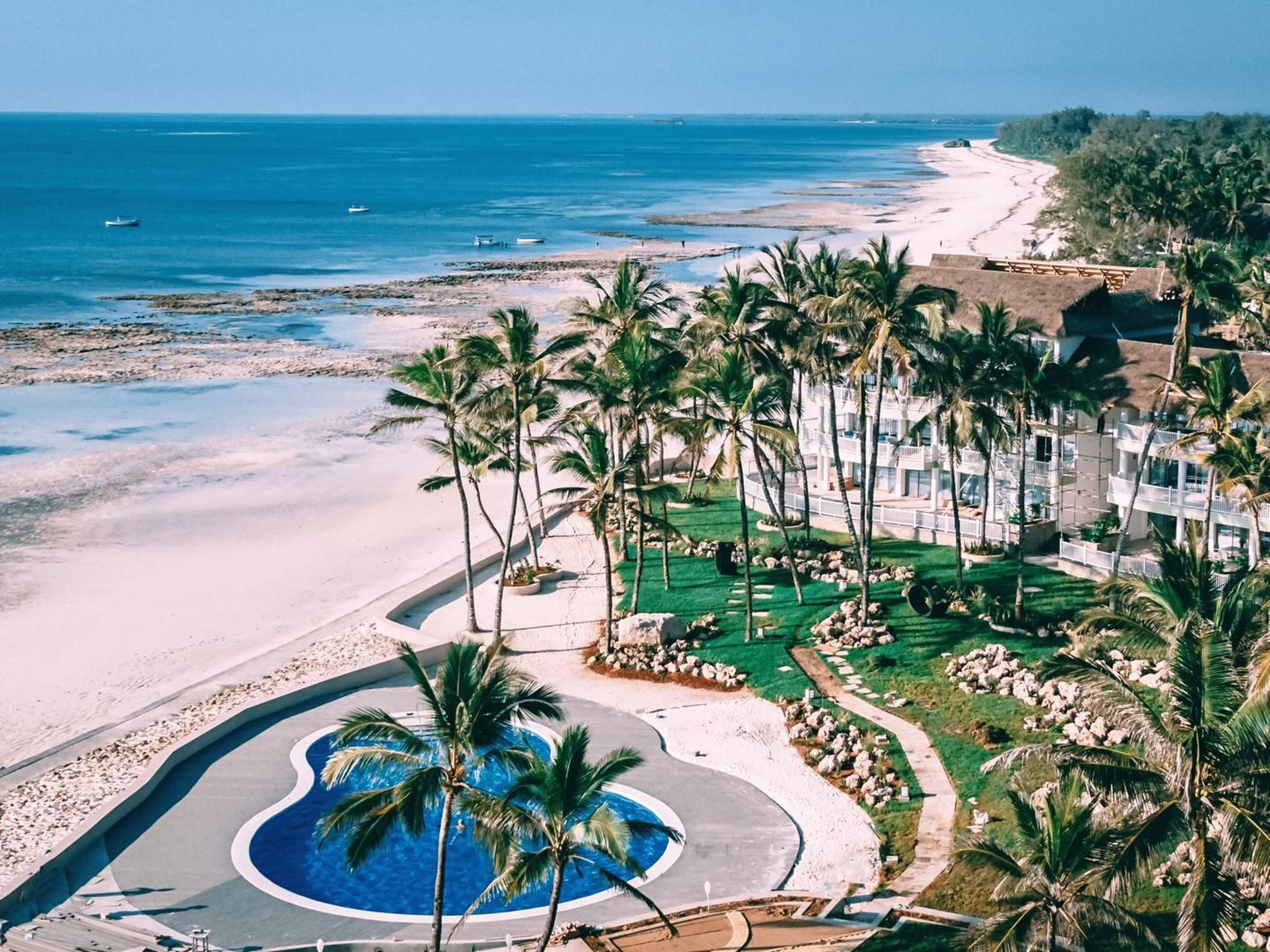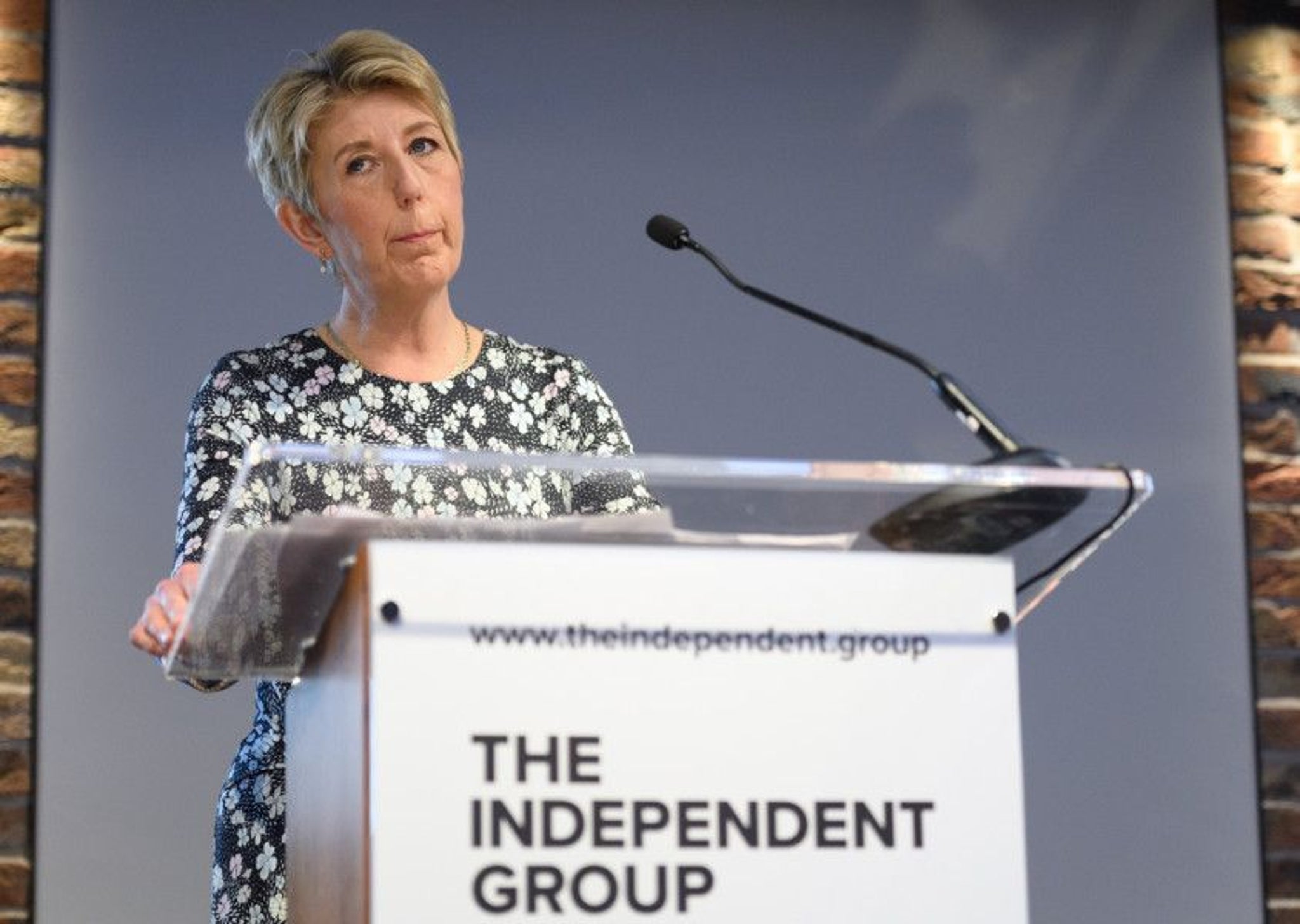Kenya travel review: Hemingways Watamu and Nairobi provide bountiful landscapes, beautiful wildlife and brilliant people
Kenya travel review: Hemingways Watamu and Nairobi provide bountiful landscapes, beautiful wildlife and brilliant people
Naturally, a first trip to Africa is bound to yield a set of completely new experiences. But it took mere moments for Kenya to seem unforgettable. After leaving Moi International Airport in the Mombasa region to head east for the coastal Watamu resort, the nation’s extreme colour began to unfold.
So the two-hour journey to our hotel allowed an initial, if unofficial, adventure – an opening glance at the country’s bountiful landscapes, beautiful wildlife and brilliant people.
We were there (me and my father, that is) to visit the Hemingways Collection, a portfolio of luxury hotels at key spots around the country.
On our journey, it was clear to see why coconut and palm produce is one of the country’s biggest exports, with miles of forests spanning the landscape.
After the long airport run – during which we see hundreds of motorbikes, some carrying three helmet-less riders, as well as neighbourhoods industriously formed often of colourful scrap metal – we arrive at charming Watamu, which sits on Turtle Bay Beach.
The hotel features a gym, spa, brilliant restaurant and bar, three swimming pools and much more, but after checking into our (very nice) twin room following a long journey the first move is to sit with a pair of Kenya’s native Tusker lagers and marvel at the Indian Ocean.
Then it was up early for a look at the region’s spectacular sea life. Watamu is a Marine National Park and Reserve known for its fishing expeditions, and Hemingways can arrange excursions for a good fee, a proportion of which goes towards conservation.
For us, it was the dolphins and snorkelling we were most interested in. Halfway to the right spot in our glass-bottomed boat, we anchored down near a patch of sand where we saw a reef shark – a common feature of the waters, and shy as long as they’re not fed.
We also handled a huge starfish, before going in search of the main event. And we were soon face to face with a group of seven bottlenose dolphins, their backs gleaming in the sun as they came up and dived down.
Then it was snorkelling, during which we saw a colourful array of sea life before heading back, witnessing a turtle swim by on our way.
Later, we took a traditional kayak ride through the mangroves at Mida Creek. We arrived there via a fascinating journey through the dense palm tree bush.
But the boat ride itself was an extremely peaceful journey through tall, lurching groves which come out into a broadwater creek, where the only breaks in the silence come from the calls of rare birds – evoking a real “at the end of the earth” feeling.
Then it was a spectacular sunset in the Crab Shack, a remote bar and restaurant within the mangroves, where we ate crab samosas at twilight.
The Swahili coast, as well as being beautiful, has both history and world rarities. History comes in the shape of the Gedi Ruins, a settlement believed to be from the 12th century and once inhabited by 3,000, with remains of the Great Mosque, palace, a large house and tombs among impressive trees. But today it is home to a troop of Sykes’ monkeys, and the many tourists taking a look back in time.
The Arabuko Sokoke Forest Reserve, the largest tract of coastal forest in East Africa, has some special residents, the most elusive perhaps being the Sokoke scops owl, a small and charming bird which lives in certain trees there and realistically is to be found only with the help of one of the fantastic, dedicated guides.
It should not go without saying how brilliant the hotel’s staff are – “welcome” seemed to be the word of the week they said it so many times and, although my father and I were well aware it was their job to be polite and helpful, we could tell that there was something genuinely kind-hearted behind their impeccable service.
“Jambo” – Swahili for hello – was also a common greeting from passing strangers, including members of a tribe who went by us on a boat as we set off into the mangroves.
So after three days at Watamu – true to its name as “home of the sweet people” – it was a short flight back to Nairobi (where we connected from Heathrow on the way in) for more firsts.
We stayed at Hemingways’ hotel in Karen, an affluent suburb of the capital whose streets are lined with purple jacaranda trees.
The hotel rooms were again impeccable, with a wonderful view of the nearby Ngong Hills and amazing service from its staff.
The city’s Hemingways – named so because of the owner’s love of novelist Ernest Hemingway – can be used as a base for tourists wanting to be close to safari activities at the Nairobi National Park.
Our experience of this came in the form of the David Sheldrick Wildlife Trust, which provides an orphanage for elephants and rhinos missing their parents, often because of “human and animal conflict” – poaching. In a daily slot, visitors can watch the animals feed and play during an informative talk.
The Giraffe Centre, too, provides a sanctuary for endangered animals. From a raised platform, visitors can feed the giraffes or give them a kiss, although this reviewer passed on that opportunity.
One remarkable enterprise is the Kazuri beads factory, which employs more than 300 single mothers, many of whom have lost their husbands.
We were given a free tour of the grounds, and by chance arrived during prayer time, which proved to be a moving spectacle of song and dance.
A picture of Meryl Streep wearing its beads hangs on the gift shop wall – presumably from when she filmed the 1985 Oscar magnet Out of Africa, loosely based on the book by Karen Blixen.
The Danish author’s former home, where she had a coffee farm, now serves as a museum with precious personal artefacts still surviving inside.
In a time when overseas travel has never been more accessible, it would be easy to overlook travelling to locations as far away as Kenya, but for those searching for sights which they’ll never see closer to home, it’s absolutely worth it.
Double/twin rooms at Hemingways Watamu start from £277 per room per night on a bed and breakfast basis. This includes a snorkelling trip on a glass-bottomed boat, wi-fi and all local taxes. www.hemingways-collection.com
Kenya Airways flies daily from London-Heathrow to Nairobi with daily connections to Mombasa. Prices start from £455 economy return from London to Mombasa, via Nairobi. www.kenya-airways.com








